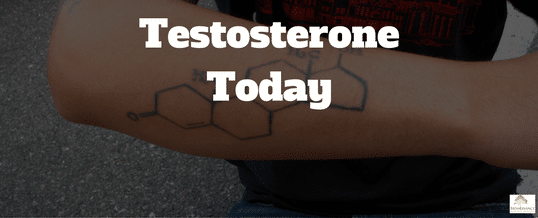Natural vs. Un-natural Testosterone
Natural hormones have a molecular structure identical to the hormones produced by the body; hence, they are called bioidentical. Both “natural” and un-natural hormones can be synthesized in a laboratory. However, only bioidentical hormone molecules are indistinguishable from those the body produces and treated the same way by the body.
The un-natural synthetic drugs are similar in molecular structure, but not exactly the same as the bioidentical molecule. These drugs are typically altered in some way to “improve” on nature by making them more potent, longer lasting, or easier to administer than the natural counterpart. Because these synthetic drug molecules are different from natural molecules,the body treats them differently, which can lead to adverse side effects.
With the promise of better drugs, the pharmaceutical companies continued their pursuit of synthetic alternatives. Research exploded — focused on these new testosterone-like drugs, rather than on bioidentical testosterone. Early results were very promising, but it didn’t take long before the bubble burst again. This time, the reason was toxicity.
Widespread use of these testosterone-like drugs led to an alarming number of cases of liver disease (including jaundice, hepatitis, and cancer), many of which were fatal. Then, in the 1950s, numerous athletes and body builders suffered ill effects from the abuse of anabolic steroids, which appeared to confirm the dangers of testosterone.
Once again, despite numerous demonstrations of the health benefits of responsible use of testosterone supplements, testosterone research fell on hard times.
Testosterone Today
Although the history of testosterone research still haunts the medical practice today, interest in testosterone replacement therapy for both men and women is currently undergoing a long overdue and welcome renaissance.
Several important trends are contributing to a growing acceptance of testosterone replacement therapy:
- A gradual realization of a hormonally driven male andropause
- Readily available, high-quality, inexpensive bioidentical testosterone (molecularly identical to that produced by the human body)
- Improved testosterone delivery systems such as creams, gels, patches, and sublingual tablets
- Increased recognition that the bioidentical testosterone formulations available today are far better, safer, and more convenient than those used by earlier generations.

